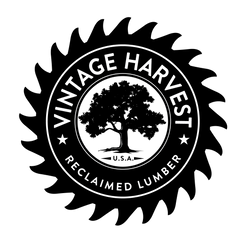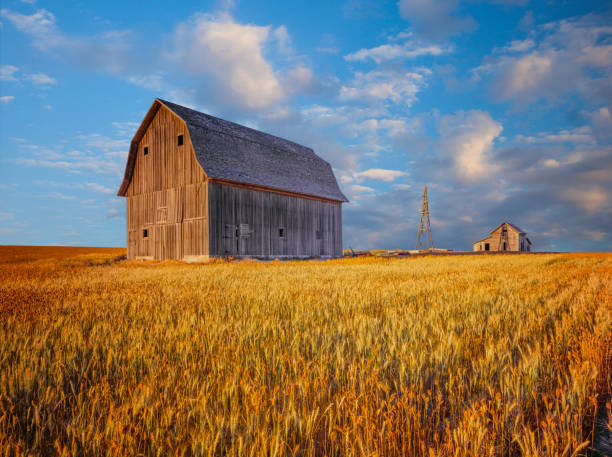Reclaimed barnwood is a unique and sustainable material that has gained popularity for its rustic charm and environmental benefits. If you’ve ever wondered where this weathered, rich wood comes from and how it finds its way into your home or garden, this post will take you through its fascinating journey—from barn to living room.
The Origins of Reclaimed Barnwood
Old Barns and Farm Structures The most common source of reclaimed barnwood is, of course, old barns. Across the U.S. and in many other countries, barns were traditionally built using locally sourced, durable timber like oak, pine, poplar or hemlock. These barns, built decades or even centuries ago, were designed to withstand harsh weather and heavy use, making the wood inside incredibly sturdy. Over time, these barns become less functional, either due to damage, changes in farming practices, or the cost of maintenance. When these barns are deconstructed, the wood is salvaged and reused—giving it a second life as beautiful, rustic barnwood.
Old farm structures like silos, warehouses, and grain mills also contribute to the supply of reclaimed barnwood. Much like barns, these buildings were often constructed with strong, high-quality timber, and when they’re dismantled, the reclaimed wood is a valuable resource.

The Aging Process One of the defining features of reclaimed barnwood is its aged appearance. Over time, the wood exposed to the elements develops a patina and weathered texture that adds unique character. Sunlight, rain, snow, and the natural wear of time give reclaimed barnwood a rich, grayish or reddish hue that can’t be replicated with new wood. This distinctive look is part of what makes reclaimed barnwood so sought after for home décor, furniture, and building materials.
The Dismantling Process
The process of obtaining reclaimed barnwood is labor-intensive. It typically involves a careful dismantling of old barns and farm structures, with skilled workers carefully removing nails, screws, and other hardware from the wood. The goal is to preserve the integrity of the wood as much as possible so that it can be reused. After the wood is removed, it's cleaned, de-nailed, and often kiln-dried to ensure it’s free of moisture and pests before it’s ready to be repurposed.
From Barn to Your Home
Once reclaimed barnwood is salvaged and processed, it can be used for a variety of purposes. It’s commonly used in furniture making, flooring, paneling, and even outdoor structures like fences and decks. Many homeowners and builders appreciate the history and beauty that reclaimed barnwood brings to their projects, whether it’s a barnwood accent wall in a modern home or a rustic coffee table.
Reclaimed barnwood is much more than just a trendy material; it’s a piece of history, sustainability, and craftsmanship rolled into one. From old barns on farms to your living room or backyard, this wood has a long journey, and each step of its process contributes to its unique beauty and character. Whether you’re building a rustic fence, crafting a dining table, or installing a barnwood accent wall, reclaimed barnwood offers an environmentally conscious and timeless solution for any space.
Next time you admire that stunning reclaimed barnwood piece, remember the rich history it carries and the sustainable choice it represents. It’s more than just wood—it’s a piece of the past brought into the present.

